While it’s traditional here in Oaxaca to sip your mezcal neat to appreciate the subtlety and pure flavor of the agave, there’s always a time and a place for a well-balanced mezcal cocktail. It’s even more exciting to develop and redesign classic cocktails inspired as mezcaleros get creative with destilados con–such as mezcal distilled with roasted corn, coffee, cacao, cempasuchil (marigold), or even tobacco leaf! Read on for tips and recipes.
Basic tips for creating mezcal cocktails at your home bar:
Switching out one booze for another is how many new cocktails are born. For example, substitute gin for whiskey in a Negroni and you have a Boulevardier. Rum in a Gimlet and you have a Daiquiri. As a rule, I find that it works very well to substitute mezcal in any gin cocktail. The natural complexities of artisanal mezcals perfectly fill the place of the aromatics infused in gins. That said, I am of the belief that ANY cocktail is only improved when you replace the classic base spirit with the right mezcal. A mezcal Margarita or Bloody Mary are good examples, but here are a few more, along with brief histories of classic cocktails. Keep in mind that most cocktail history is extremely murky so, in the interest of brevity, I’ve chosen popular takes on cocktail origin stories.
The Gimlet
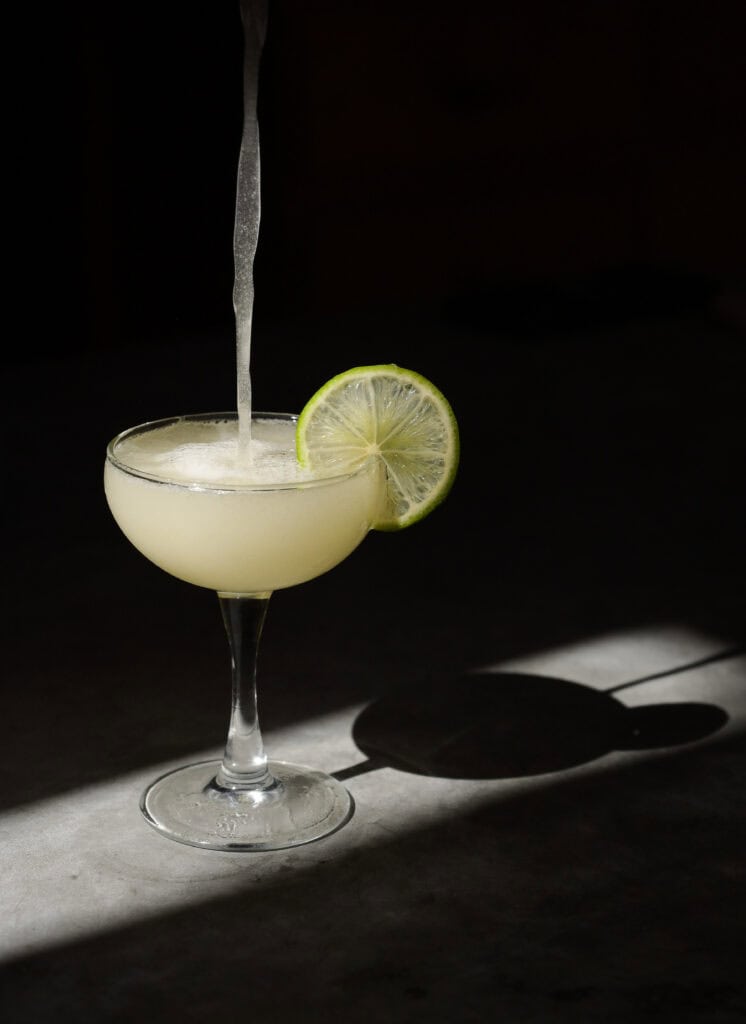
Before cocktails, alcohol was mixed with water to sterilize it for human consumption. Sailors had daily rations of “grog,” a mix of booze and water. In 1753, Scottish naval surgeon James Lind discovered that eating citrus fruits could cure and prevent scurvy, a disease characterized by swollen bleeding gums and the opening of previously healed wounds. One story has it that the Gimlet evolved when Naval doctor Rear-Admiral Sir Thomas Desmond Gimlette encouraged his sailors to drink more lime juice by mixing it with gin. Rose’s Lime Cordial, the first sweetened lime juice concentrate, was patented in 1867 and became the default citrus ration on ships. Early recipes called for a 50/50 mix of Rose’s and gin.* When making a mezcal gimlet, an espadín mezcal works perfectly in place of gin.
Mezcal Gimlet recipe
- 2 oz espadín mezcal
- ½ oz simple syrup
- 1 oz lime juice
Combine the ingredients, shake, and double strain into a martini glass. Garnish with a lime wheel.
The Gin & Tonic
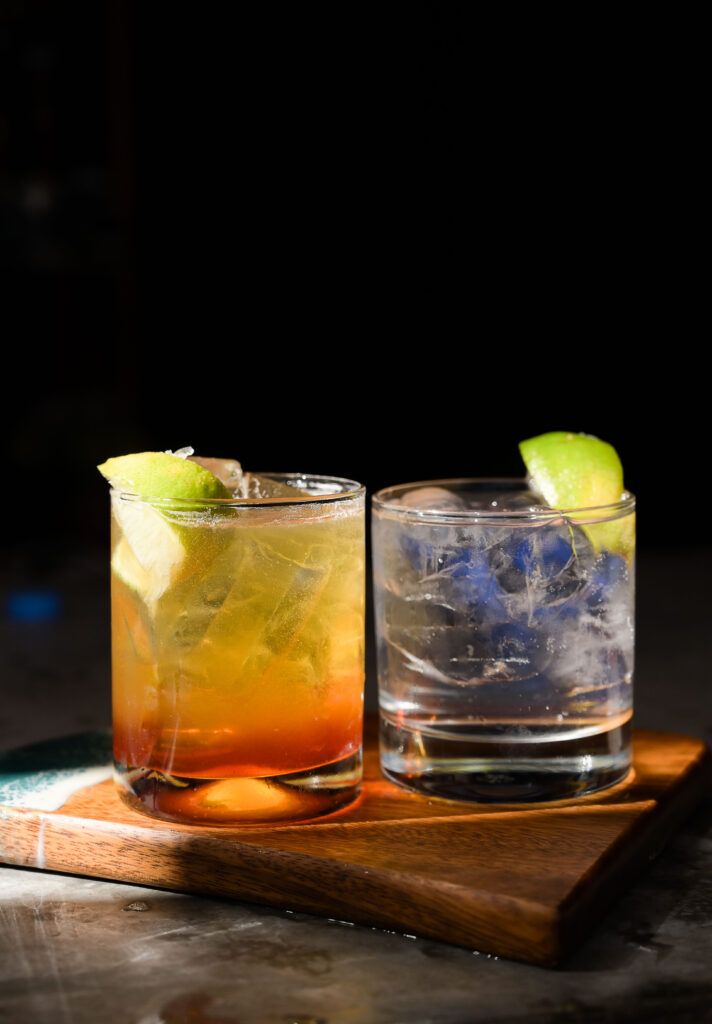
The Gin & Tonic was created in the 1840s–again as a medicine. The medicinal ingredient in tonic is quinine, which combats malaria and is derived from the bark of the Cinchona, the national tree of Peru and Ecuador. In the 19th century, British military and colonists resisted taking their quinine because it was too bitter. So naturally, gin was also prescribed to urge the soldiers to take their medicine. And thus the Gin & Tonic was born! Winston Churchill supposedly said, “Gin and tonic has saved more English lives and souls than all the doctors in the Empire.”
Today, most tonics only have trace amounts of quinine and lots of sugar. Actual tonic water is red from the cinchona bark. The first tonic syrup I tried was sweetened with agave syrup and went great with mezcal. Some Mexican producers are now making agave gin!
Mezcal & Tonic recipe
In a rocks glass, combine 2 oz espadín and top with tonic
garnish with lime or lemon wedge
OR
- 2 oz espadín
- ½-¾ tonic syrup
Stir with ice in rocks glass and top with soda, garnish with lime or lemon wedge
The Dirty Martini
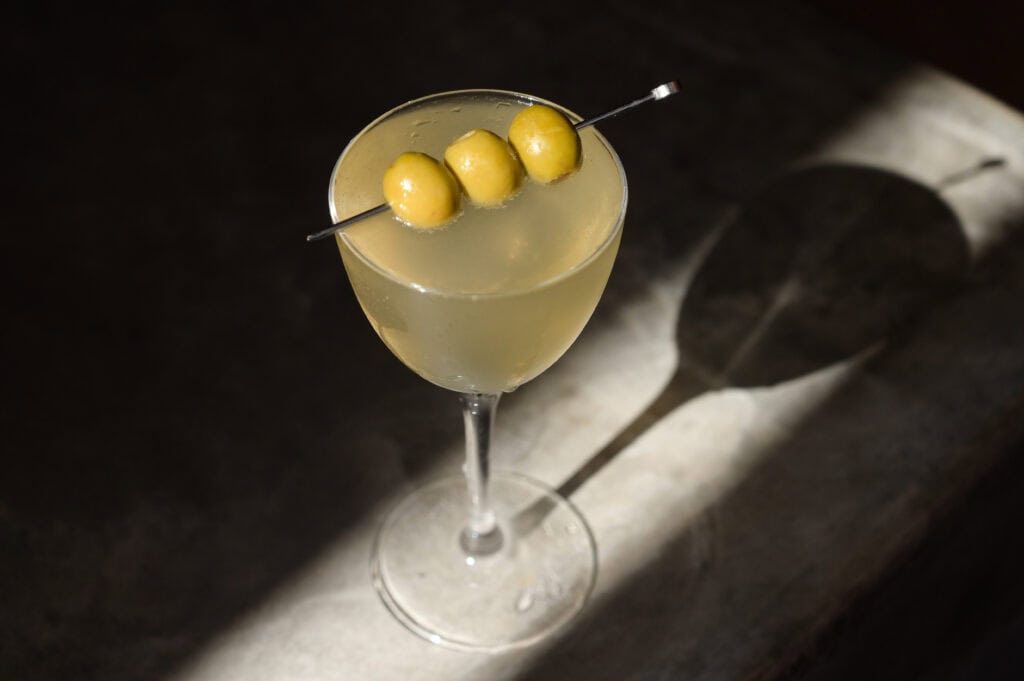
The Martini has numerous origin stories, but the one I like best is that it comes from a cocktail named the Martinez from the 1860s. Invented at the Occidental Hotel in San Francisco, the “Martinez Cocktail” was first described in Jerry Thomas’s 1887 edition of his Bartender’s Guide, How to Mix All Kinds of Plain and Fancy Drinks. One story is that the cocktail is named after the city of Martinez, a common stopover for ferry passengers heading to SF. Another theory posits that it’s named after the Martini vermouth brand. According to the Oxford Companion to Spirits & Cocktails, the practice of adding olive brine to one’s martini has been around since at least 1901. The term “Dirty Martini” seemingly wasn’t coined until the 1980s.
Dirty Mezcal Martini Recipe
- 2 oz espadín mezcal
- ¾ oz dry vermouth
- ½ oz olive brine
Combine ingredients in mixing glass, stir, double strain into martini glass, garnish with olive
OR
- 2 oz espadín mezcal
- 1 oz dry vermouth
- ½ oz olive brine
- ½ oz pickle juice
Combine in mixing glass, stir, double strain over large rock in rocks glass, garnish with skewered olives and pickles
The Old-Fashioned

The Old Fashioned is known as one of the first popular cocktail —hence the name.One version of its origin story is that it was invented in Louisville, Kentucky in 1889 by James E. Pepper, a bartender and bourbon distiller. The original recipe likely included bourbon or rye whiskey, a sugar cube, Angostura Bitters, and water.
Mezcal Old Fashioned recipe
- 2 oz reposado mezcal
- ½ oz simple syrup
- 3-4 dashes Angostura bitters
Combine ingredients in a mixing glass with, stir, strain over large rock in rocks glass, and garnish with orange peel
The Negroni
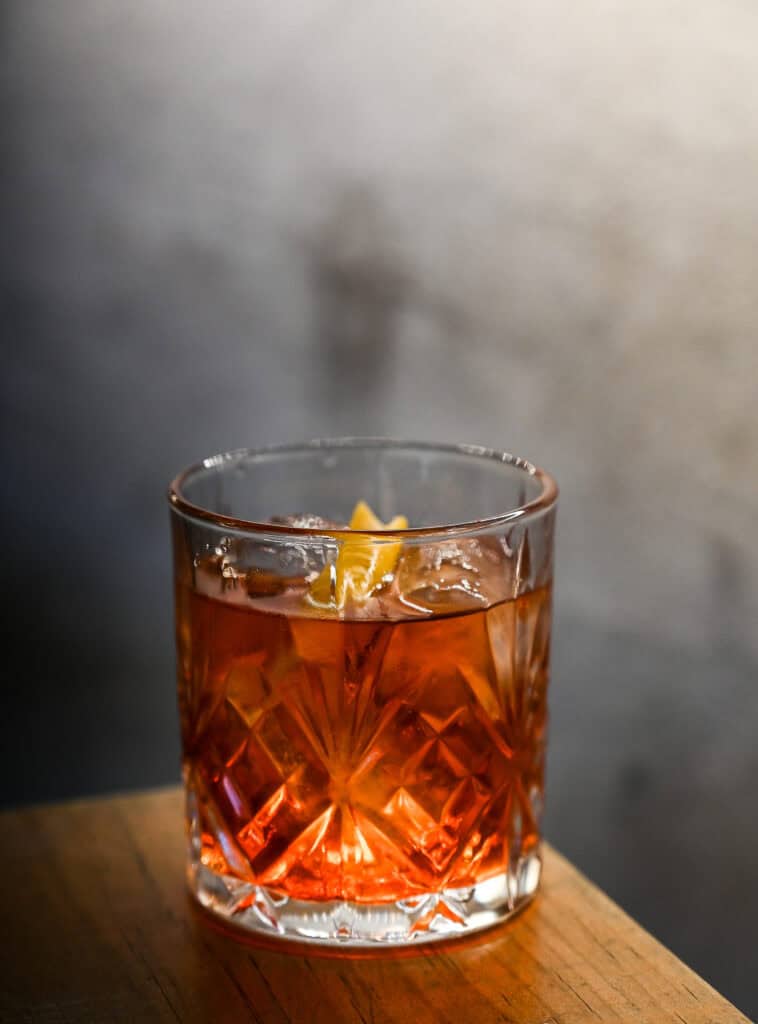
The Negroni has gained popularity because of its simplicity, the shelf life of the ingredients, and House of Dragons. The drink was supposedly named in 1919, after Count Camillo Negroni ordered his Americano (Campari, sweet vermouth, and soda water) to be strengthened with gin. Espadín in a Negroni adds complexity, but I especially like a mezcal distilled with coffee and/or cacao to give the cocktail an earthy, nutty base.
Mezcal Negroni recipe
- 1 oz espadín mezcal
- 1 oz Campari
- 1 oz vermouth
Combine ingredients in a mixing glass with ice, stir, and strain into rocks glass over large cube. Garnish with orange twist.
I prefer dry vermouth instead of the classic sweet vermouth and there are many replacements for Campari; Cappelletti Aperitivo is a favorite of mine.
The Aviation
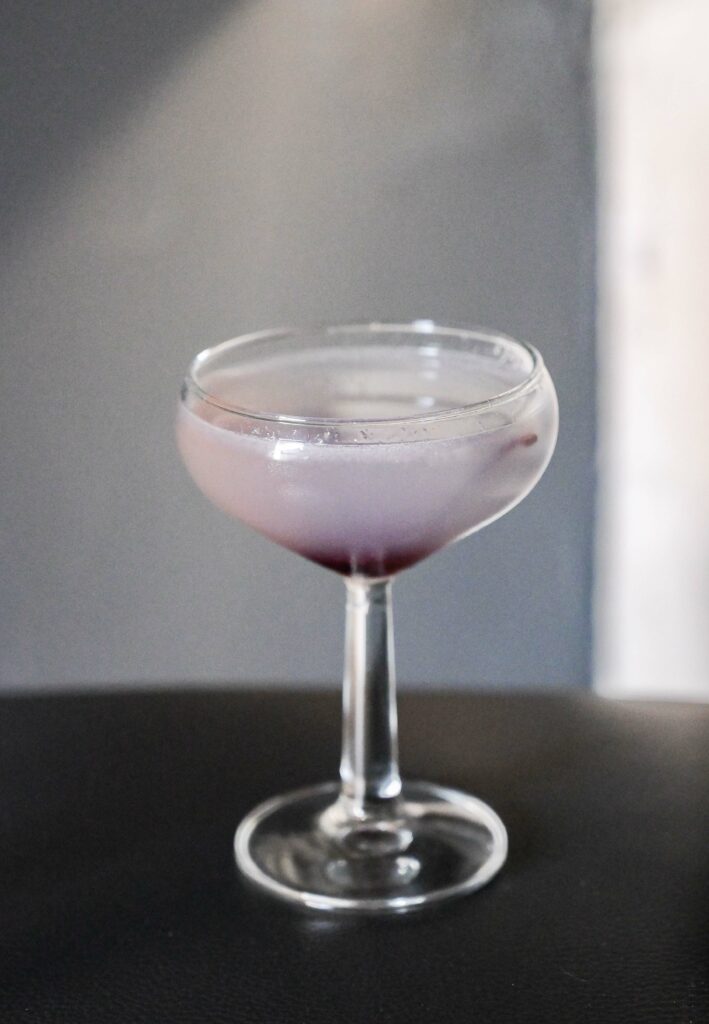
The Aviation first showed up in a 1916 cocktail book called Recipes for Mixed Drinks by Hugh Enslinn of the Hotel Wallick in New York City. One of many Prohibition-era cocktails that survived the creme de violette shortage, The Aviation is very delicate and perfectly balanced. I generally only use espadín for cocktails, but for this cocktail, I find that the sweet florality of most tobalas really accentuate the cocktail.
Mezcal Aviation Recipe
- 2 oz tobala
- ¼ oz crème de violette (violet liqueur)
- ½ oz Luxardo Maraschino Liqueur
- ¾ oz lemon juice, freshly squeezed
- 1 brandied cherry, for garnish (optional)
Combine liquid ingredients over ice, shake, strain into a cocktail glass and garnish with cherry
The Last Word
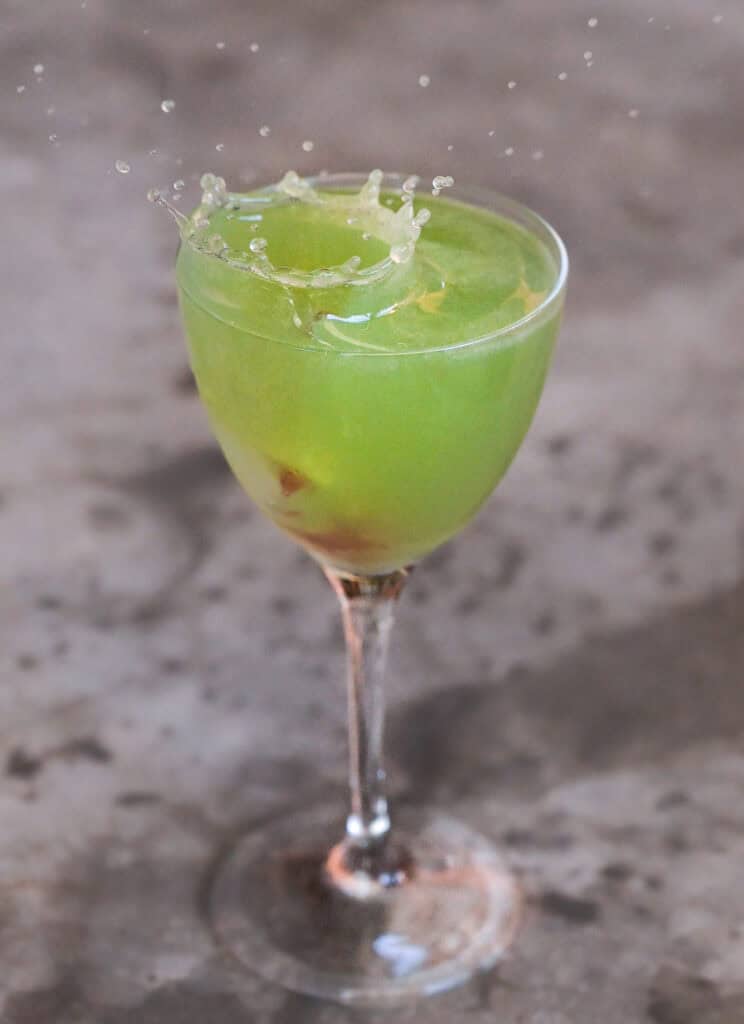
The Last Word was first served at the Detroit Athletic Club, in 1915. Designed just before the start of Prohibition, it’s one of the most successful Prohibition-era cocktails. After Prohibition, the cocktail faded into obscurity until it was revived by bartender Murray Stenson of the Zig Zag Café in Seattle in the early 2000s.
Mezcal Last Word Recipe
- ¾ oz Green Chartreuse
- ¾ oz lime juice
- ¾ oz espadín
- ¾ oz Luxardo Maraschino liqueur
Combine, shake, double strain into martini glass or nick and nora
Garnish with brandied cherry
The Moscow Mule
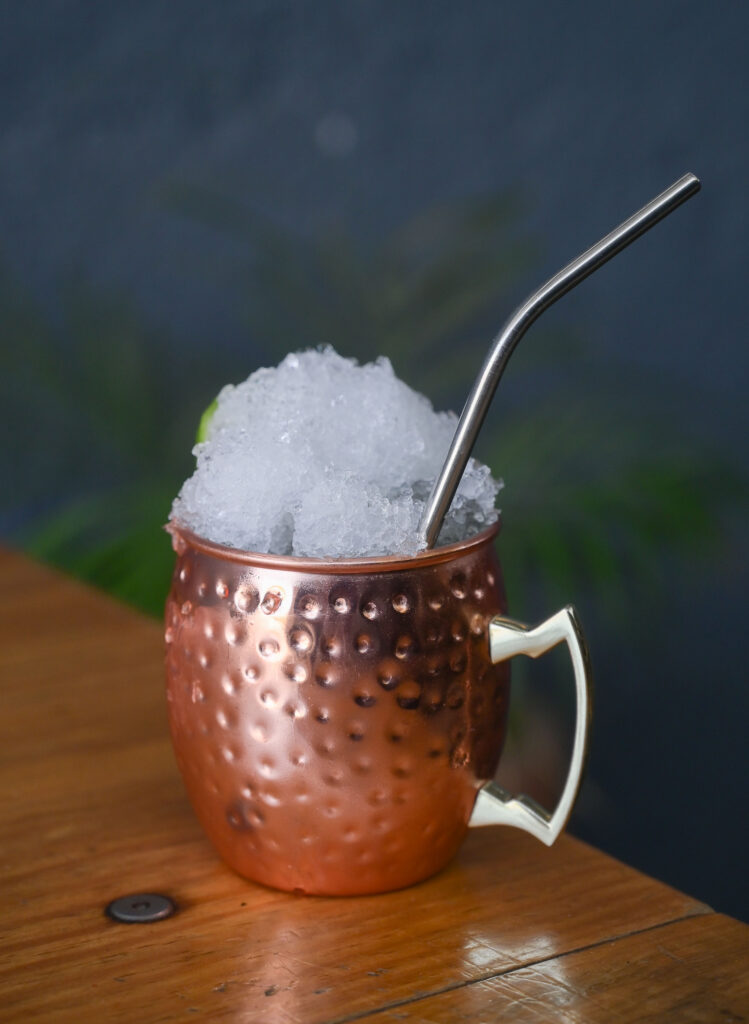
The Moscow Mule cocktail is synonymous with its frosty copper mug. The mugs are attributed to Sophie Berezinski, a Russian woman who immigrated to the United States in 1941 with nothing more than 2,000 copper mugs**. She purportedly met Jack Morgan, the owner of Cock ‘n’ Bull, a pub in Ocean Park, who had been developing what he believed to be the best American-made ginger beer and had a friend who had a friend, named John G. Martin, who was head of a distillery and looking to sell his excess of vodka. With the perfect storm of their excess goods, legend has it that they hatched a plan and created the iconic and refreshing cocktail we enjoy today.
Mezcal Moscow Mule Recipe
- 2 oz espadín mezcal
- 1 oz lime juice
- ½ oz simple syrup
Shake, strain into mule mug over ice, and top with ginger beer
OR
- 2 oz espadin
- 1 oz lime juice
- 1 oz ginger syrup
Shake, strain into mule mug over ice, and top with soda
The Paloma
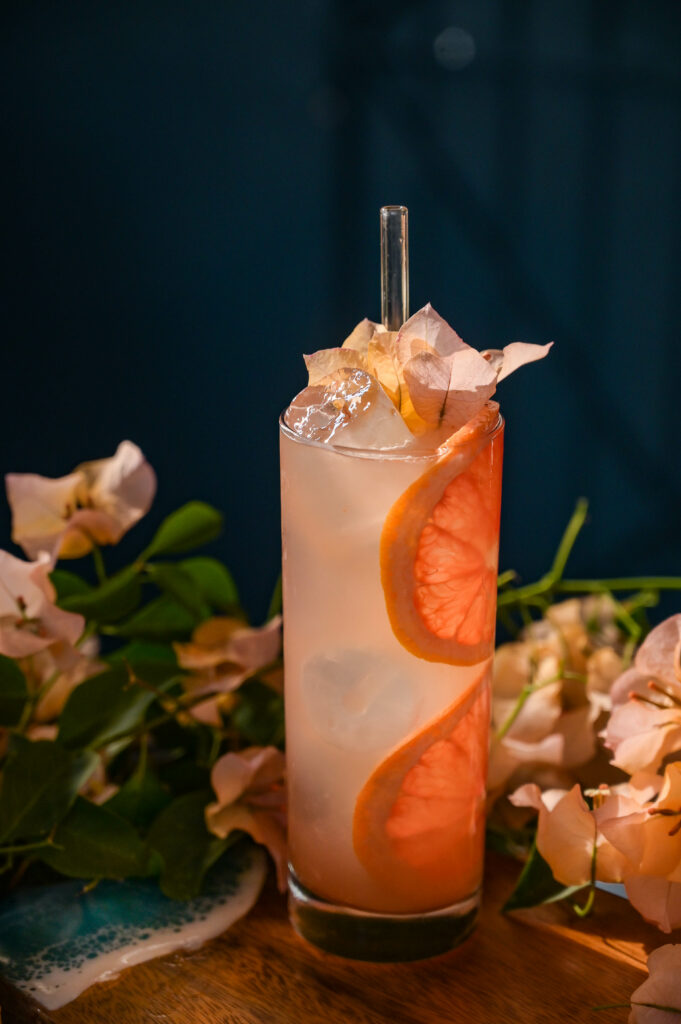
The origins of the Paloma are somewhat unclear, but it is believed to have originated in the mid-20th century, possibly in Jalisco. The word “paloma” is Spanish for “dove,” and it is said that the drink was named after the popular folk song “La Paloma,” which was often played in cantinas where the cocktail was served.
The original calls for Squirt, or other grapefruit flavored soda, but I prefer fresh pressed lime and grapefruit juice. Mezcal 100% improves a tequila cocktail, adding depth and complexity.
Mezcal Paloma recipe
- 2 oz espadín mezcal
- 2 oz grapefruit juice
- ½ oz lime juice
- ¼ oz simple syrup
Combine, shake, single strain into a collins glass with ice and a splash of soda
The Espresso Martini
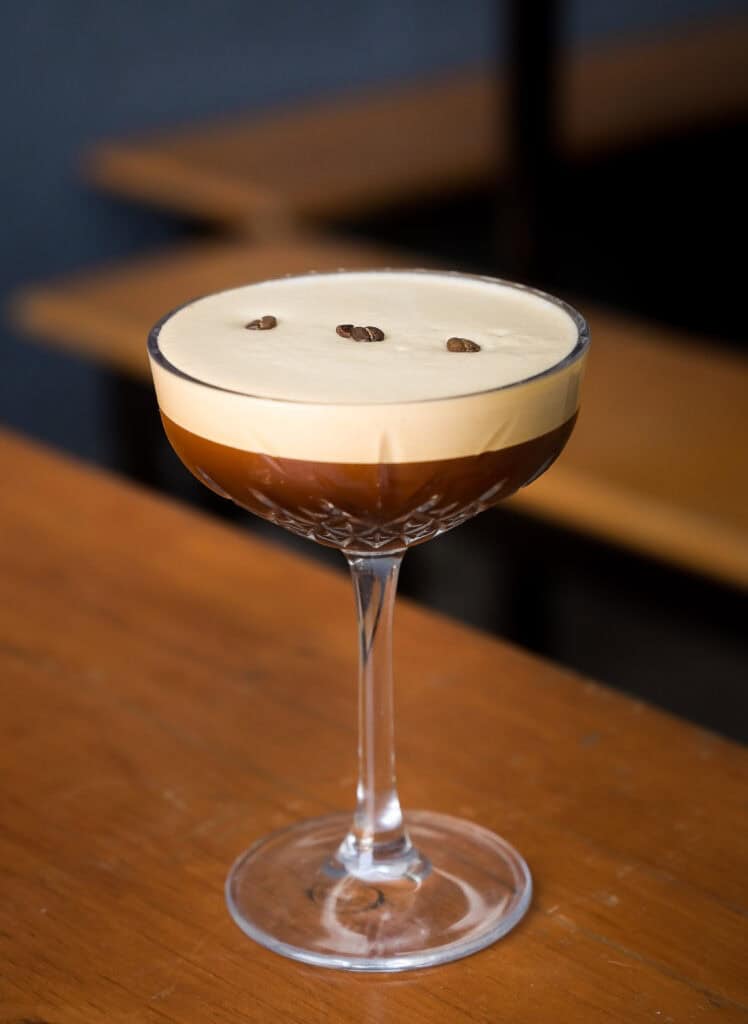
Famed to have been designed in the 1980s by British barman Dick Bradsell when a (now infamous) model asked for a cocktail to “wake me up, and fuck me up.” Originally made with coffee liqueur, espresso, and vodka, the Espresso Martini paved the way to the upper-downer combo that culminated in the Redbull & vodka that we know today. In the 90s, the Espresso Martini went out of style in the states, but retained its popularity in some other countries (notably Australia). The 2000s brought it back into fashion, most likely by bartenders looking for a classier alternative to the vodka/Redbull. Substituting mezcal for vodka in this cocktail leaves you with an amazing upper on upper combination. Besides the fact that a great espadin (or cacao-distilled espadin!) adds more base to this otherwise perfect cocktail, mezcal leaves you with a beautiful high that will keep you going all night long.
Mezcal Espresso Martini Recipe
- 2 oz espadin
- 1 oz espresso or cold brew concentrate
- ½ oz coffee liqueur (kahlua)
- ½ oz simple syrup
Combine, shake, double strain into coup, garnish with coffee beans
While my belief that mezcal artesenal improves upon any cocktail is somewhat biased, there’s no denying that the flavors of each species of agave and batch allow for even more complex cocktails. Using destilados-con is another great way to enhance or even create new cocktails. These are just a few classics with contemporary mezcal takes, but there are many more to be had and we will keep exploring and researching. Comment below the post or tag @mezcalistas with your favorite takes on classic cocktails.
Resources
*https://www.gin1689.com/blogs/news/the-history-of-the-gimlet
**https://moscowmulecocktail.com/history/
***https://www.britannica.com/topic/paloma
The Oxford Companion to Spirits
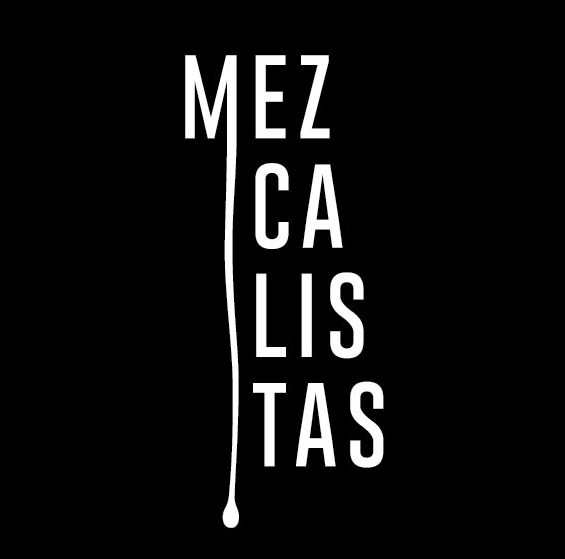
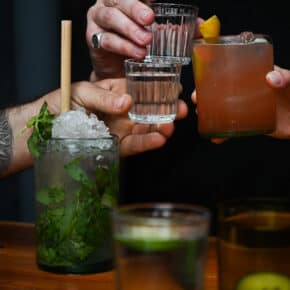
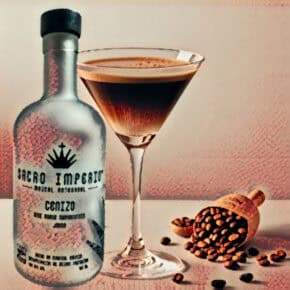
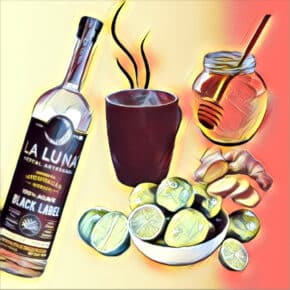
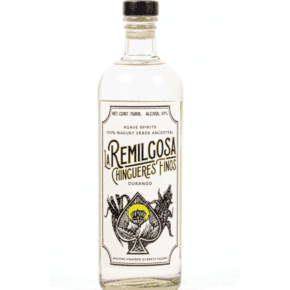
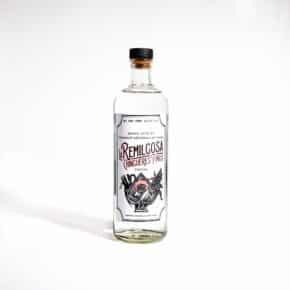
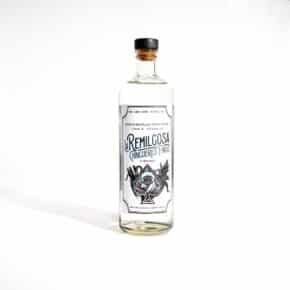




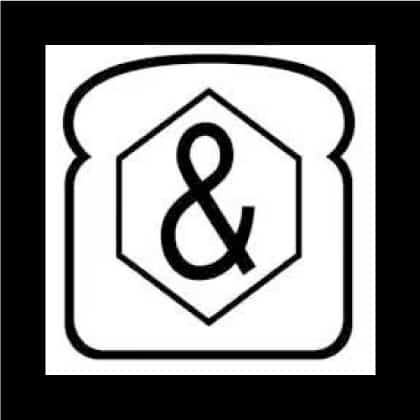

Moscow Mule and Gimlet are the same recipe 🙂
Thanks so much for the comment! So many cocktails have the same base recipe and then a twist/variation is added. In this case with the Moscow Mule, it takes the simple Gimlet recipe and then adds the ginger beer (or ginger syrup and soda) into the mix which changes the flavor profile of the drink. Plus, the carbonation of either the ginger beer or soda changes the texture of the drink. And then of course there is the glassware which adds another dimension of flavor differentiation.